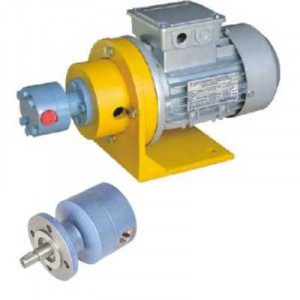Lubricant Pumps Nagpur
Details of Lubricant Pump
Lubricant Pump
Industrial units rely on controlled lubrication to keep equipment moving smoothly, and a lubricant pump plays the central role in delivering oil or grease to critical contact points. The pump transfers lubricants under steady pressure, helping reduce friction, heat buildup, and wear inside running components. This keeps machines operating for longer cycles with fewer breakdowns.
A lubricant pump works through a simple but effective flow system. The unit draws oil or grease from a reservoir, builds internal pressure, and pushes it through pipes toward bearings, shafts, gears, or sliding assemblies. This action maintains a constant film of lubrication on moving surfaces, preventing metal-to-metal contact. Many setups include metering devices to regulate the exact amount needed for each point.
Different industries use these pumps based on duty requirements, ranging from automotive maintenance lines to heavy manufacturing plants. Workplaces with continuous machinery movement prefer automatic systems that distribute oil at fixed intervals, improving reliability and reducing manual tasks. Compact manual versions suit lighter equipment and occasional use.
Strong construction, leak-free body, and steady pressure output are essential traits that keep a lubrication system reliable under demanding conditions. Units must also handle different lubricant viscosities without performance loss. This makes them valuable across engineering workshops, production floors, conveyor units, forging setups, and mechanical plants that depend on round-the-clock motion.

